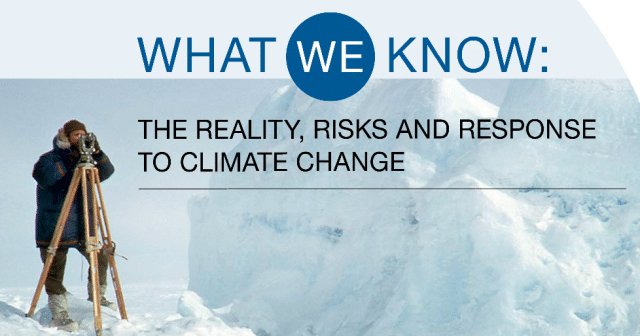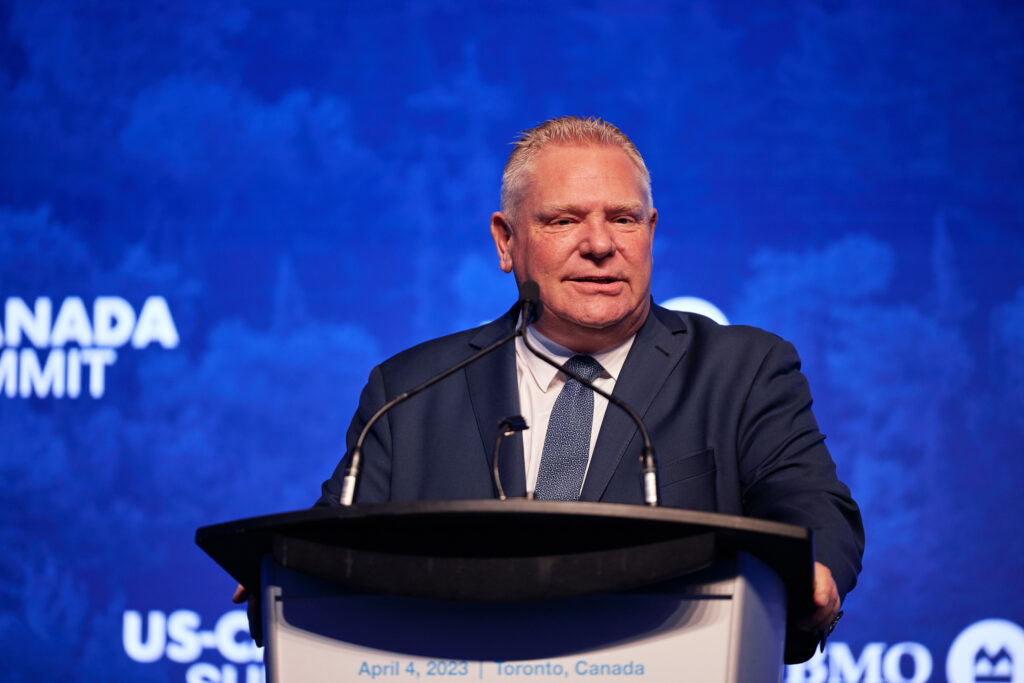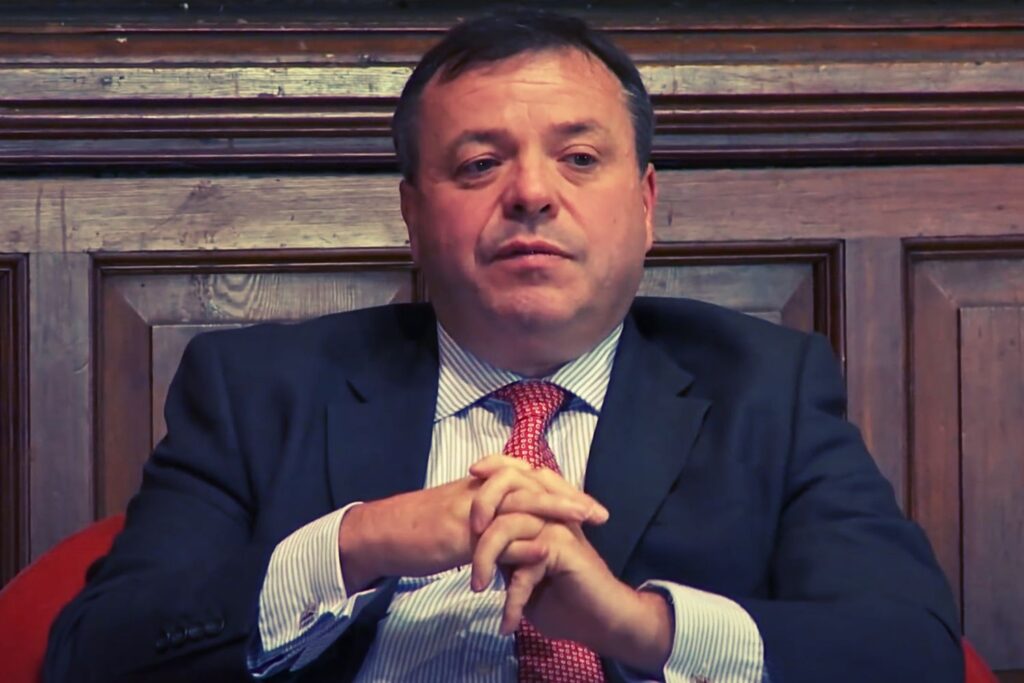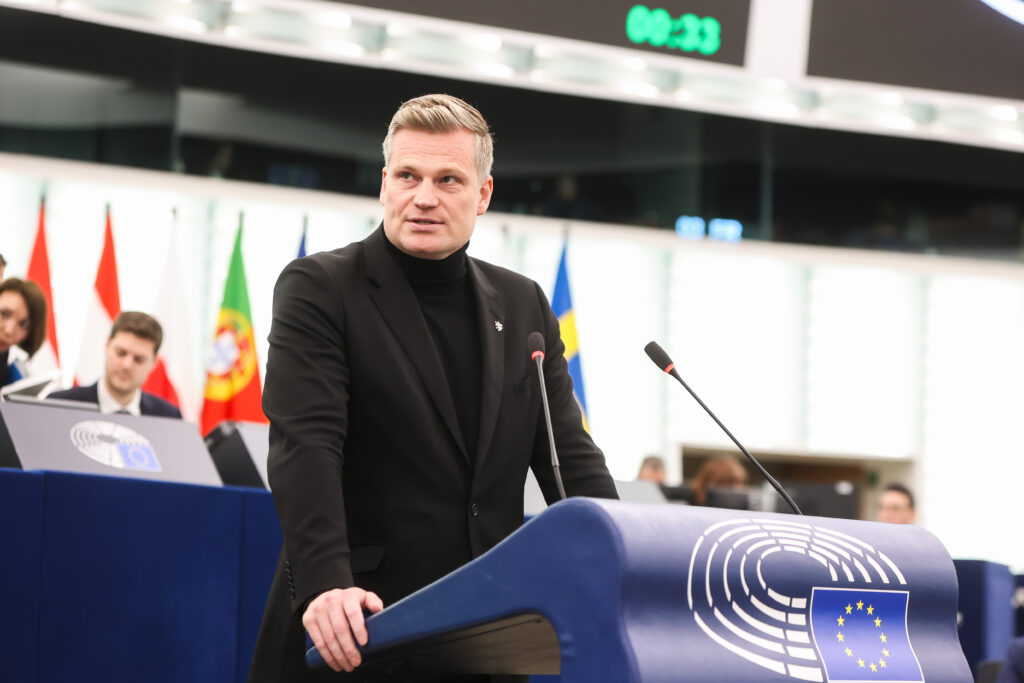This is a guest post by Cindy Baxter, cross-posted from PolluterWatch with permission.
It must be like Groundhog Day for Mario Molina, the scientist who has presided over the American Association for the Advancement of Science’s new report and publicity drive aimed at convincing Americans about the urgency of what’s happening on climate change.
The normally reticent AAAS has taken a highly unusual step. There’s no new science in it. Instead, it summarizes “what we know” on climate science, highlighting the 97% consensus on the issue and calling for action.
Why did they do it? The AAAS says it’s becoming alarmed at the American public’s views on climate change, stating in the opening paragraphs:
“Surveys show that many Americans think climate change is still a topic of significant scientific disagreement. Thus, it is important and increasingly urgent for the public to know there is now a high degree of agreement among climate scientists that human-caused climate change is real.”
They’re right: the latest Gallup Poll published this month shows that climate change is low on Americans’ priority list, with 51% saying they worry about climate change very little – or not at all. And 42% said they believe the seriousness of the issue was “generally exaggerated.”
The AAAS report also stated:
“It is not the purpose of this paper to explain why this disconnect between scientific knowledge and public perception has occurred.”
That’s not their job. But I bet they’d like to. Especially Mario Molina.
The reason for that American disconnect between scientific and public views on global warming is simple: it’s the result of a 20-year campaign funded by the fossil fuel industry that profits from the very products causing it – oil, coal and gas. It’s got nothing to do with science per se.
A brief history of that campaign is outlined in a report I wrote last year: “Dealing in Doubt” that catalogues the attacks on climate science, the IPCC and on the scientists themselves.
But what’s that got to do with Mario Molina? Molina, now 70, was one of the researchers who discovered the chemistry around ozone depletion. He and two other scientists received the 1995 Nobel Prize for chemistry for their work. 20 years ago, he faced a remarkably similar campaign to what the climate scientists face today.
In 1992, Molina was at a gathering of scientists in Brazil, ahead of the Rio Earth Summit, and about to present a 30-minute talk on ozone depletion. He was dumbfounded when the presenter before him told the assembled scientists that the ozone depletion theory was a sham. He later told the AAAS’s Science magazine (full text here):
“Given enough time I could have carefully rebutted his objections. They sounded reasonable but they were only pseudoscientific.”
At the time, in the face of increasing scientific certainty, there was a (successful) push to strengthen the Montreal Protocol, to further regulate CFCs to stop ozone depletion. The fight was on.
The Science article went on to outline how talk show host Rush Limbaugh was leading the charge against the ozone science, labeling the issue a “massive conspiracy” promulgated by “dunderhead alarmists and prophets of doom.”
Limbaugh claimed the only reason scientists were working on ozone depletion was because “they always want more funding, and today that means government funding. What could be more natural than for [NASA], with the space program winding down, to say that because we have this unusual amount of chlorine in the atmosphere, we need funding.”
This is one of the main mantras of the climate science deniers today – they’re only in it for the funding. They also get labeled “alarmists” and “doomsayers” amongst other things. Same arguments, different subject.
Enter S Fred Singer, a serial denier who cut his teeth on tobacco science, before moving on to ozone depletion and global warming. In a 1995 article, he said this on ozone depletion:
“The facts are that the scientific underpinnings are quite shaky: the data are suspect; the statistical analyses are faulty; and the theory has not been validated… The science simply does not support this premature and abrupt removal of widely used chemicals—at great cost to the economy.”
It’s telling that one of Singer’s early articles, “My adventures on the ozone layer,” can be found today on the Heartland Institute website. This is the same Heartland Institute that last year employed Singer to help work on its “NIPCC” report, designed to confuse a casual observer with the similarity to the Intergovernmental Panel on Climate Change (IPCC) while using debunked arguments to suggest there isn’t a problem – which couldn’t be farther from the truth.
In 1996, Singer told a House Committee there was no scientific consensus on ozone depletion. He went on to use the high-cost argument, and brought in a new theme that is very much prevalent in today’s anti climate arguments: that it would hurt the developing world.
“We are flying blind on this issue, at a huge cost to the U.S. economy and ultimately to every American household. In less developed countries, absence of low-cost refrigeration–for food preservation and vaccines–could, unfortunately, exact an even higher price in human lives.”
Two years later, Singer was even advocating putting mirrors in the sky to stop ozone depletion. That article can be found on another think tank website, the Competitive Enterprise Institute. The CEI set up the Cooler Heads Coalition. But its extensive ExxonMobil funding was dropped in 2007 because the company said their campaign “diverted attention” from a real conversation about how to tackle climate change.
Meanwhile, over at the Marshall Institute, Fred Seitz and Sallie Baliunas had also picked up the cause, with Baliunas arguing that it was the sun and other natural factors causing the problem:
“Scientific findings do not support an immediate ban on CFC’s. Both global and Arctic measurements point to natural factors as the main cause of recent ozone fluctuations. Ozone levels change primarily as the result of natural factors such as the ultraviolet output of the sun, oscillation of upper stratosphere winds and El Nino conditions.”
Sunspots is one of the main denialist arguments used against global warming today, notably by Baliunas’s colleague, Willie Soon. A later Marshall Institute report about global warming, ozone depletion and tobacco science was picked up and pushed by Phillip Morris.
No consensus, science unsettled, the sun, El Nino, in it for the funding, doomsayers, solutions will hurt the poor, natural variations: all these arguments are run today around global warming science by, amongst others, the Heartland Institute, the CEI, the Marshall Institute, S Fred Singer, Baliunas, Limbaugh and others.
The late Steve Schneider described the problem as being “caught between the exaggerations of the advocates, the exploitations of political interests, the media’s penchant to turn everything into a boxing match and your own colleagues saying we should be above this dirty business and stick to the bench.”
The AAAS appears to have gotten off of that bench, not least because they’re worried about Americans sleepwalking into climate chaos, cheered on by industry.
But the bottom line, as the AAAS has stated in no uncertain terms, is this: “human-caused climate change is happening, we face risks of abrupt, unpredictable and potentially irreversible changes, and responding now will lower the risk and cost of taking action.”
Perhaps our elected leaders might also like to spend some time reading it.
Subscribe to our newsletter
Stay up to date with DeSmog news and alerts







